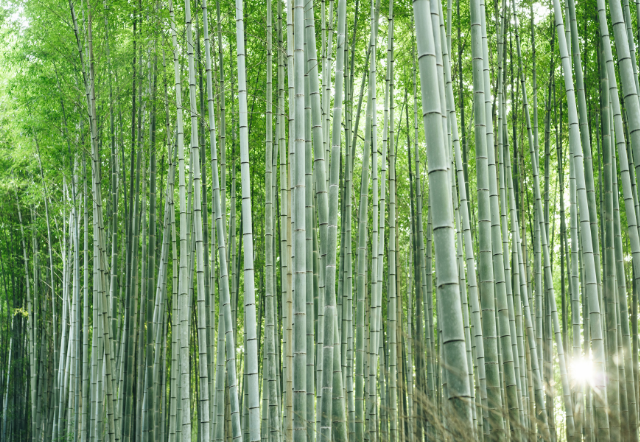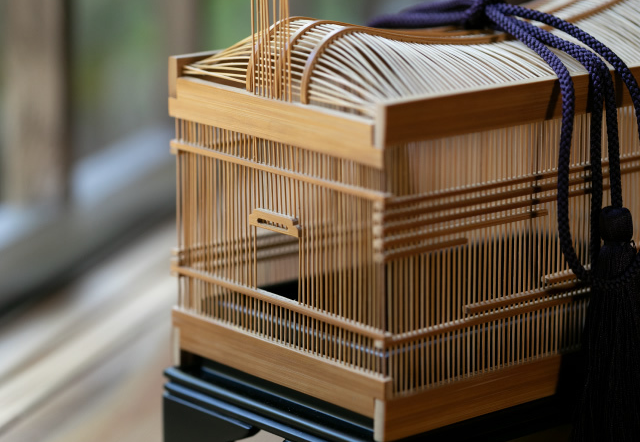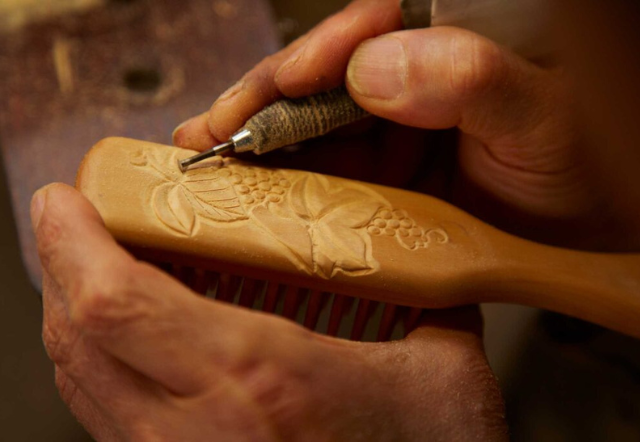Bamboo has about 1200 different species, of which more than 600 grow in Japan. Bamboo was one of the first materials used and processed by humans and therefore closely related to the development of civilization, as it resulted in them being able to produce better shelters and tools to survive. Due to this early adaptation, over time many different art styles were developed with bamboo.

Bamboo is one of the fastest-growing plants, sometimes growing up to 120 centimeters a day and reaching maturity within two to three months. It is hard and resilient, can be split finely and clean, and bamboo shoot can typically live for 20 years. Bamboo trees itself, depending on the species will live for anywhere between 3 and 120 years old.

Rather than just appreciation for its practical features, bamboo itself became a symbol representing versatility in many different art forms. Together with Pine and Plum trees it formed the ‘Three Friends of Winter’, representing steadfastness, perseverance, and resilience in Chinese and Japanese Confucius artworks. Furthermore, in Japanese artworks, bamboo is often portrayed in rain or snow, to symbolize not just its flexibility and steadfastness, but also representing loyalty and being unbreakable.
Bamboo work is a Japanese art style applied to a wide variety of constructions, decorations and everyday items. From the 8th century onwards bamboo was specifically used for Buddhist rituals and the products required for them. Tea master Sen no Rikyu (1522-1591, see also ‘Mino ware’ and ‘Setta sandals’) also influenced the application of bamboo through tea ceremonies and required utensils.

Only in the 19th century, bamboo works was recognized and accepted as a traditional Japanese art form. It is now used in architecture (windows, walls, fences), personal care objects (ear picks, toothpicks, combs and brushes), accessories (shoes, hats, fans), baskets, chopsticks, food products (shoots), medication, and, traditionally, musical instruments and weapons. Different bamboo art styles have originated in different regions, and are now recognized as a local traditional art.





